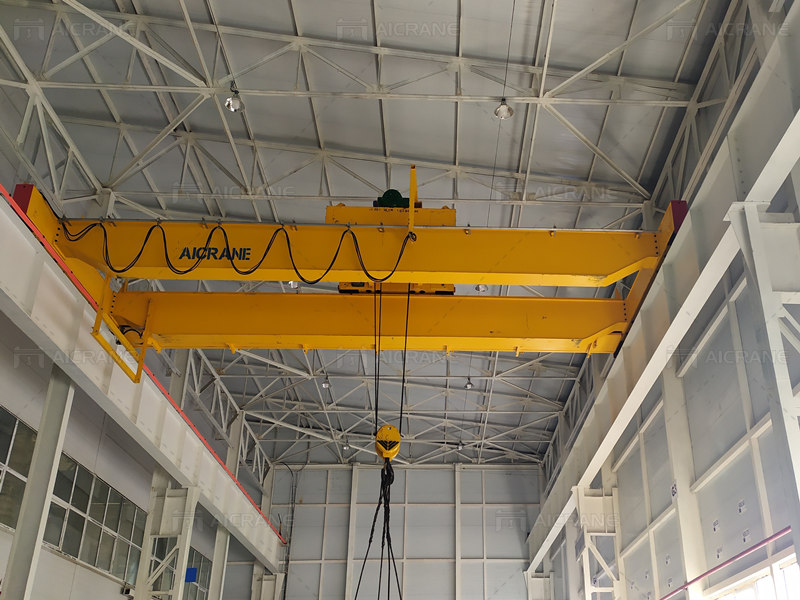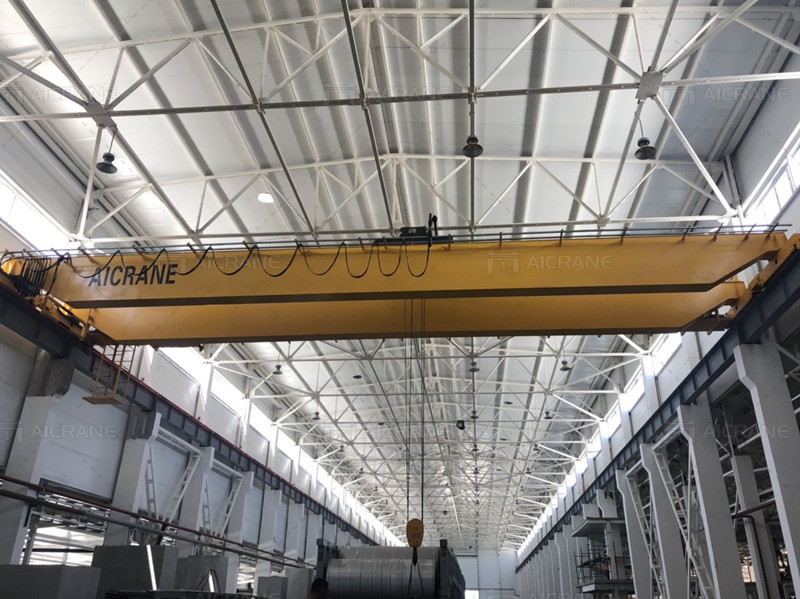In the fast-paced landscape of industrial operations, efficiency is paramount for success. Overhead cranes have emerged as indispensable tools for streamlining material handling processes in manufacturing facilities, warehouses, and distribution centers. By leveraging advanced technology and ergonomic design, overhead cranes play a crucial role in optimizing workflow efficiency, minimizing downtime, and maximizing productivity. In this article, we explore how overhead cranes contribute to maximizing efficiency in industrial operations across various sectors.
Precision Handling and Positioning
Overhead cranes are renowned for their precision handling capabilities, allowing for accurate positioning of heavy loads with minimal effort. Equipped with sophisticated control systems and ergonomic features such as variable speed controls and precise joystick movements, operators can maneuver overhead cranes with precision, placing materials exactly where they are needed on the production line or storage area. This precision minimizes the risk of errors, reduces material damage, and enhances overall operational efficiency.
Rapid Material Transport
One of the key advantages of overhead cranes is their ability to transport materials quickly and efficiently within industrial facilities. Unlike traditional material handling methods such as forklifts or manual labor, overhead cranes(Мостовой кран в цеху) can lift and move heavy loads vertically and horizontally with ease, covering large distances in a fraction of the time. This rapid material transport accelerates production cycles, reduces lead times, and enables just-in-time inventory management, contributing to overall efficiency gains in industrial operations.

Space Optimization
Overhead cranes optimize space utilization in industrial facilities by utilizing the vertical space above the factory floor. By lifting materials and equipment overhead, overhead cranes free up valuable floor space that would otherwise be occupied by conventional material handling equipment or storage racks. This space optimization allows for more efficient layout configurations, streamlined workflow paths, and increased storage capacity, maximizing the productive use of available space and improving overall operational efficiency.
Flexible Configurations and Customization
Overhead cranes offer flexibility in configuration and customization to suit the specific needs of different industrial applications. Whether it’s a single-girder or double-girder design(мостовой кран 30 т), a top-running or underhung configuration, or a manual or automated system, overhead cranes can be tailored to meet the unique requirements of each facility. Additionally, overhead cranes can be equipped with various attachments and accessories such as lifting magnets, grabs, or spreader bars to accommodate different types of loads and materials, further enhancing their versatility and efficiency in handling diverse tasks.
Integration with Automation and Digitalization
The integration of overhead cranes with automation and digitalization technologies enhances their efficiency and performance in industrial operations. Automated overhead crane systems leverage advanced sensors, PLCs (Programmable Logic Controllers), and software algorithms to optimize material handling processes, minimize cycle times, and reduce human intervention. Integration with warehouse management systems (WMS) and ERP (Enterprise Resource Planning) software enables real-time monitoring of inventory levels, production schedules, and order fulfillment, facilitating seamless coordination and synchronization of operations across the supply chain.
Continuous Improvement and Maintenance
To maintain peak efficiency, overhead cranes require regular maintenance and continuous improvement initiatives. Preventive maintenance programs, including routine inspections, lubrication, and component replacements, help identify and address potential issues before they escalate into costly breakdowns or downtime. Additionally, ongoing training and skills development for crane operators and maintenance personnel ensure safe and efficient crane operation(Купить кран мостовой), reducing the risk of accidents and optimizing performance over time.

Enhanced Safety Features
Overhead cranes prioritize safety with a range of advanced features designed to protect both operators and the surrounding environment. These features include overload protection systems, anti-collision sensors, emergency stop buttons, and audible alarms to alert personnel of potential hazards. Additionally, some overhead cranes are equipped with cameras or remote monitoring systems to provide operators with better visibility and situational awareness during lifting operations. By prioritizing safety, overhead cranes minimize the risk of accidents, injuries, and damage to equipment, fostering a secure working environment conducive to efficient operations. Visit website:https://www.aicrane.ru/
Adaptability to Diverse Industries
Overhead cranes demonstrate adaptability to diverse industries, including automotive, aerospace, steel, manufacturing, and logistics. Their versatility allows them to handle a wide range of materials, components, and products, from heavy machinery and raw materials to finished goods and assemblies. Whether it’s lifting automotive chassis on assembly lines, transporting steel coils in metal fabrication plants, or loading cargo containers in distribution centers, overhead cranes play a crucial role in facilitating material flow and production processes across various sectors. This versatility makes them invaluable assets for enhancing efficiency and productivity in industrial operations worldwide.
In conclusion, overhead cranes play a vital role in maximizing efficiency in industrial operations by offering precision handling, rapid material transport, space optimization, flexible configurations, integration with automation and digitalization, and continuous improvement through maintenance and training. As industries continue to evolve and demand for productivity gains intensifies, overhead cranes will remain indispensable tools for optimizing workflow efficiency, reducing costs, and driving competitive advantage in the global marketplace.